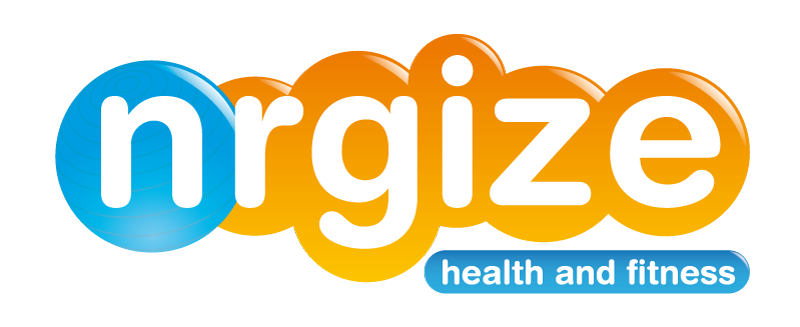So many people ask me how long it will take to recover from their injury and in truth there is no definitive answer because each one of us is different both in our biological make up and our mental approach to things.
That being said I would always emphasise QUALITY OVER QUANTITY when it comes to exercise rehabilitation. Something which can also be translated into the way we approach any exercise we do and indeed how we all approach life!
It is no good doing hundreds of repetitions of something if you have poor technique as it could just cause more pain. Take for example; someone who boasts that they can hold a plank for 4 minutes. My first question would be why would you want or need to do that? My second, what was their posture like throughout that 4 minutes? And finally; do they engage the correct muscles throughout? So many people can do a 4 minute plank...poorly and indeed quite often when someone comes to see me with back pain they can do these types of exercises but they cannot engage their deep stabilising muscles correctly and therefore exacerbate their problem.
I always recommend going back to basics after any injury. Check that those small but vital stabilising muscles are switching on correctly. Make sure they have the endurance to support the big global muscles in their action before building up full strength and power.
I have been practicing Kyokushin Karate for may years now and in the syllabus book that you get as a beginner there is the route to power in karate. It is so fundamental, not just to karate, but all exercise/sporting disciplines and if more people paid credence to it then more people would suffer less injuries due to trying to advance too quickly. So here it is:
Position - Balance - Coordination - Form - Speed - Power - Reflex
As I mentioned above; we can also take the ethos of QUALITY OVER QUANTITY into anything we do. My Daughter took up piano last year and it is recommended that they practice for 20 mins each day. But what if that practice was poor in quality because she was tired. She would just make mistakes and practice those mistakes over and over again. Surely it is better to do a good quality practice for a shorter duration. Even top Olympic athletes have to listen to their bodies and if they are 'not feeling the love' then give themselves an easier training session/rest period.
There is such a fine line with pushing too hard and achieving you goals. If you need advise with your injury prevention, treatment or rehabilitation needs then please contact me.
That being said I would always emphasise QUALITY OVER QUANTITY when it comes to exercise rehabilitation. Something which can also be translated into the way we approach any exercise we do and indeed how we all approach life!
It is no good doing hundreds of repetitions of something if you have poor technique as it could just cause more pain. Take for example; someone who boasts that they can hold a plank for 4 minutes. My first question would be why would you want or need to do that? My second, what was their posture like throughout that 4 minutes? And finally; do they engage the correct muscles throughout? So many people can do a 4 minute plank...poorly and indeed quite often when someone comes to see me with back pain they can do these types of exercises but they cannot engage their deep stabilising muscles correctly and therefore exacerbate their problem.
I always recommend going back to basics after any injury. Check that those small but vital stabilising muscles are switching on correctly. Make sure they have the endurance to support the big global muscles in their action before building up full strength and power.
I have been practicing Kyokushin Karate for may years now and in the syllabus book that you get as a beginner there is the route to power in karate. It is so fundamental, not just to karate, but all exercise/sporting disciplines and if more people paid credence to it then more people would suffer less injuries due to trying to advance too quickly. So here it is:
Position - Balance - Coordination - Form - Speed - Power - Reflex
As I mentioned above; we can also take the ethos of QUALITY OVER QUANTITY into anything we do. My Daughter took up piano last year and it is recommended that they practice for 20 mins each day. But what if that practice was poor in quality because she was tired. She would just make mistakes and practice those mistakes over and over again. Surely it is better to do a good quality practice for a shorter duration. Even top Olympic athletes have to listen to their bodies and if they are 'not feeling the love' then give themselves an easier training session/rest period.
There is such a fine line with pushing too hard and achieving you goals. If you need advise with your injury prevention, treatment or rehabilitation needs then please contact me.







